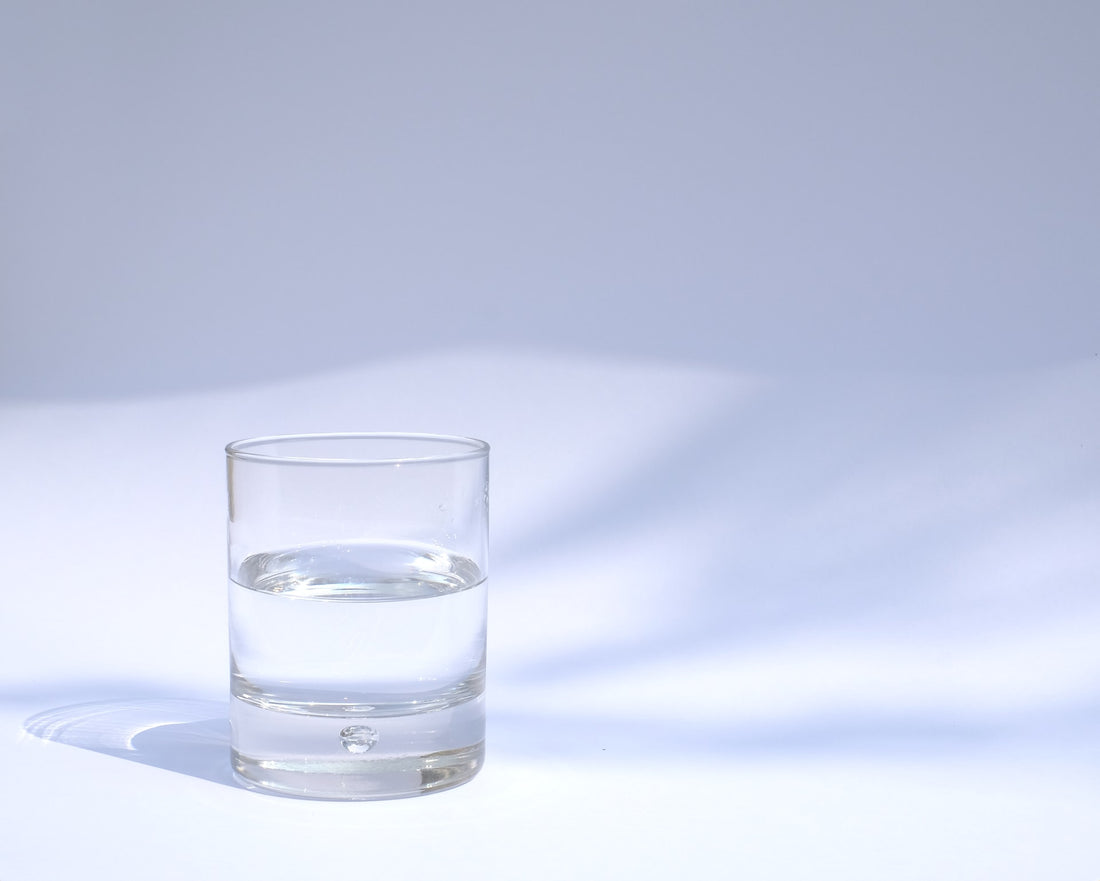It’s a fact. Lead can make you sick.
And unfortunately, this heavy metal is regularly found in US households across the country.
In fact, 10 million American households get water through lead pipes and many are leaching harmful levels of lead into the water.
Now, according to the Environmental Protection Agency (EPA), high levels of lead in drinking water can pose a real health threat and can cause:
- Kidney and brain damage in children and adults
- Anemia in adults
- Behavioral issues in children
- Delays in physical development in children
- Reproductive issues in adults
What’s more, over the last decade, the dangers of lead-contaminated water have been exposed during countless water scandals, including the Flint Water crisis. In some instances where the lead levels are extremely high, its ingestion has even been linked to death.
Unless the municipality replaces your pipes to ensure no lead leaches into your tap water, using a high-quality water filter is the best way to efficiently remove lead from your drinking water.
And to help you select the best option and protect your family from lead poisoning, we’ve listed below the best water filtration systems available in 2021.
How To Know If Your Drinking Water Is Contaminated With Lead?
There are a few different ways to test contaminants present in your drinking water:
-
Ask For a Water Quality Report
Community water suppliers are responsible for regularly testing the water quality and providing the public with annual reports detailing the level of contaminants in the drinking water.
These reports are called Water Quality Reports and can be found on the National Drinking Water Database.
-
Send a Water Sample to a State-Certified Laboratory
If you have a private well and are worried about lead or any other contaminants in your tap water, you can take a sample and send it to a certified lab. And this is an excellent opportunity to also test for other common contaminants to ensure your family is drinking safe and healthy water.
Sure, this might cost you a few hundred dollars, but it will give you peace of mind that you've taken all the necessary steps to protect your health and the health of your family.
-
Purchase a Home Drinking Water Testing Kit
A home drinking water test will allow you to test for common contaminants such as pesticides, lead, or bacteria. They’re inexpensive and will quickly tell you whether or not your drinking water is contaminated with lead.
Make sure to purchase a test that measures lead levels, as not all tests do.
You’ll find more information on our blog, ‘’How to Test Water Quality at Home’’.
Best water Filtration Options to Remove Lead From Your Drinking Water
Distillation Units
Distillation is one of the most effective methods to filter and purify your water. The idea behind this efficient process is to heat contaminated water, so it forms steam. Only pure water molecules will turn into vapor leaving larger unwanted molecules behind. Once the steam cools down and condenses, it will produce pure H20, free from lead and other contaminants and ready to be enjoyed. Distillation units are typically placed at the kitchen faucet to ensure safe drinking and cooking water.
The downside of using a distillation system is that they’re incredibly costly, high maintenance, slow, and require a lot of energy to operate.
Activated Carbon Filters
Advanced activated carbon filters are an efficient way to purify your water and remove toxic substances such as lead. They feature a black porous sponge or small black beads that have been designed to trap impurities as the water passes through. Indeed, heat is usually injected into the carbon, activating it and creating millions of pores. These pores will then absorb inorganic compounds and only allow pure water molecules through.
However, note that not all activated carbon filters will effectively absorb lead from your tap water. They have to be designed to do so, meaning you’ll need to specifically purchase an NSF or WQA-certified activated carbon filter to make sure it has been tested and is effective at removing lead.
Reverse Osmosis Systems
And of course, we kept the best for last. In 2021, reverse osmosis systems are the best for water filtration. High-quality reverse osmosis filters can remove up to 99.1% of lead and other harmful contaminants in drinking water.
Reverse osmosis works by applying pressure on a contaminated water tank to force the water through a semipermeable membrane. The membrane is made up of small pores that are designed to trap organic compounds, contaminants such as lead, and chemicals. Only water molecules are small enough to pass through.
Most health and water management organizations recommend using reverse osmosis water filters to remove lead from tap water effectively.
We hope this article has shed some light on assessing whether your drinking water contains lead and how to remove it if it does. Even though many options are available on the market, not all filters will provide you with optimal results. That’s why you need to do your due diligence and talk to professionals. At Filtersmart, we specialize in manufacturing high-quality, 100% American filters, including reverse osmosis water filters. So, if you’re looking for a reliable, durable, and quality filter, don’t hesitate to get in touch with us. We’re always here to help!






